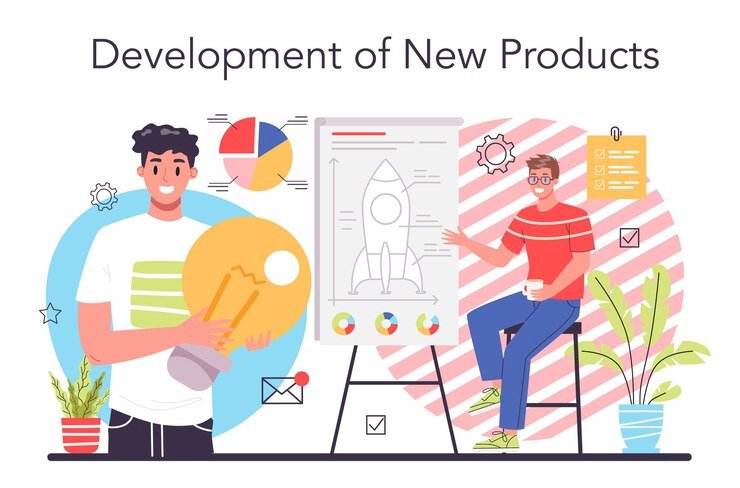Product Development Best Practices for Startups
The development of a great product can sometimes be the key to establishing sustainable growth and market success in the fast-paced and highly competitive world of startups.

The development of a great product can sometimes be the key to establishing sustainable growth and market success in the fast-paced and highly competitive world of startups. However, developing a product, particularly for early-stage businesses, is a hard and diverse endeavour. To successfully navigate this road, entrepreneurs must implement product development best practises that not only optimise resources but also increase the likelihood of delivering a product that resonates with customers and stands out in the marketplace.
Product development encompasses the entire lifecycle of a product, from ideation and design to development, testing, and market launch. It requires careful planning, effective collaboration, agility, and a customer-centric approach. The right set of practices can help startups streamline this process, minimize risks, and ensure that their product aligns with market needs and user expectations.
The key features of product development best practices for startups:
- Market Research and Validation: Startups should begin with thorough market research to identify customer needs, pain points, and market trends. Validate product ideas through surveys, interviews, and prototype testing to ensure they address real market demands.
- Minimum Viable Product (MVP): Develop an MVP with the core features that solve the primary problem. This allows for quick market entry, user feedback, and iterative improvements, while conserving resources.
- Agile Development: Adopt agile methodologies to facilitate flexibility and adaptability. Break down development into manageable iterations, prioritize tasks, and continuously reassess and adjust based on user feedback and changing requirements.
- User-Centered Design: Prioritize user experience (UX) and user interface (UI) design. Involve users in the design process, conduct usability testing, and iterate to create a user-friendly product.
- Lean Product Development: Apply lean principles to eliminate waste, reduce unnecessary features, and focus on delivering value to users. Lean product development emphasizes efficiency and resource optimization.
- Continuous Testing and Feedback: Establish a feedback loop with users and stakeholders. Regularly test the product with real users, gather feedback, and use it to refine and enhance the product.
- Scalability Planning: While building the MVP, consider the architecture and infrastructure needed for future scalability. Anticipate growth and ensure the product can handle increased demand.
- Compliance and Security: Ensure that the product complies with relevant regulations and standards. Prioritize data security and privacy to build user trust.
- Cost Control: Carefully manage expenses by tracking budgets and resource allocation. Startups should prioritize cost-effectiveness while delivering value to users.
- Competitor Analysis: Continuously monitor and analyze competitors to identify strengths, weaknesses, and market opportunities. This information can guide product differentiation and marketing strategies.
Conclusion: These key features encapsulate the core principles and practices that startups should adopt when embarking on the journey of product development. Implementing these best practices helps startups navigate the challenges of innovation, market competition, and resource constraints, increasing their chances of developing successful and sustainable products.
























